Rail strikes on a couple of days when no trains would be running anyway might not seem the biggest inconvenience facing the British public at the moment, yet the announcement of yet another walkout from the evening of 24 December to the morning of 27 December will have implications for many services: this is the window when a lot of track maintenance is scheduled. That now promises to spill over into the New Year to an even greater extent than in normal years.
By calling a Christmas strike – something he previously said he wouldn’t do – RMT leader Mick Lynch is not looking like a man who is close to doing a deal with his employers; rather someone who is knuckling down for the long-haul.
Again this morning Lynch brought up the old chestnut of Driver-Only Operation (DOO) – suggesting that he will not agree to anything that involves an extension of the practice. This was the subject of the long-running dispute between the unions and Southern Railway. That rail company didn’t even want to do away with having a second staff member on each train, but the RMT objected that conductors would have their roles changed to become ‘on-board supervisors’.
The RMT is going to have its work cut out saving jobs
Lynch insists that DOO is not safe, but the evidence he presented for this on the Today programme this morning was to claim that passengers have told him they feel safer with a guard or conductor on board. The RMT does not have data on its side. The Rail Standards and Safety Board (RSSB) has analysed accidents between passengers and moving trains and concluded in 2017 there was no discernible difference between DOO trains and those where a guard is still employed.
There is no shortage of data. DOO trains have been running in Britain since they were introduced on the Bedford to St Pancras line in 1982. They now account for 30 per cent of all trains in Britain, and are standard practice on the London Underground. They are also widely used in Ireland, Germany, Denmark, Australia, New Zealand, US and Canada. Moreover, there are over a hundred metro systems in the world which operate with no drivers nor guards – they are entirely unstaffed. It is hard to see why DOO cannot be extended to other rail lines in Britain, nor why the RMT should be so opposed to them – other than out of a desire to preserve jobs.
But the RMT is going to have its work cut out saving jobs, whatever it does, for the reason that the economics of the rail industry are in a downward spiral. In the year to March, £13.3 billion of subsidy was paid to the railways while a mere £5.8 billion was received in ticket revenue. True, that was a 12-month period in which the country was still recovering from Covid 19, yet even in the last year before Covid, £6.5 billion was paid in taxpayer subsidies.
Rail usage is still a long way short of where it was prior to the pandemic, as working practices change. Between April and June this year – after all Covid restrictions were lifted – the number of rail journeys was still only 76 per cent of what it was in the same period in 2019. Most worryingly for the rail industry, much of the lost custom is that of business and commuter traffic paying peak fares.
Sooner rather than later, something is going to have to give as the government seeks to rebalance the public finances. It is implausible that the rail industry will escape attention. It is going to face steep cuts whether it is guards, drivers, ticket office staff or all three who lose their jobs.
The post Striking railway workers can’t avoid reality for ever appeared first on The Spectator.
Got something to add? Join the discussion and comment below.
Get 10 issues for just $10
Subscribe to The Spectator Australia today for the next 10 magazine issues, plus full online access, for just $10.


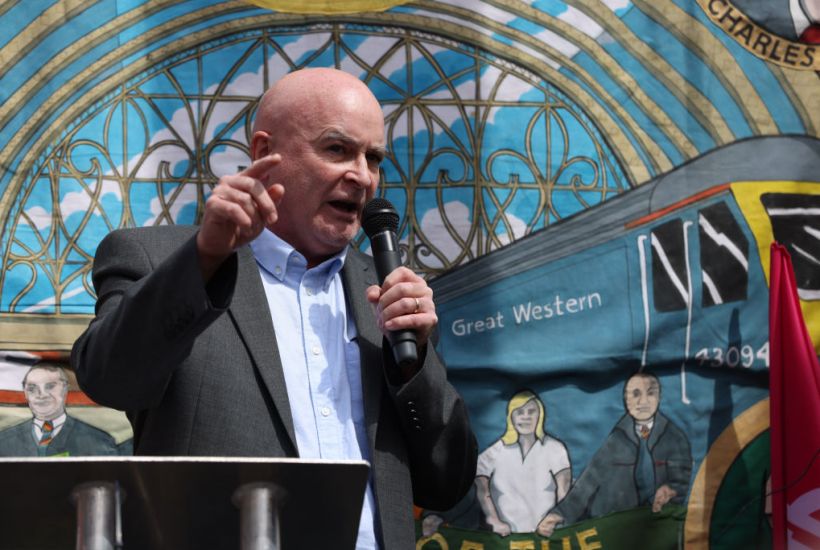





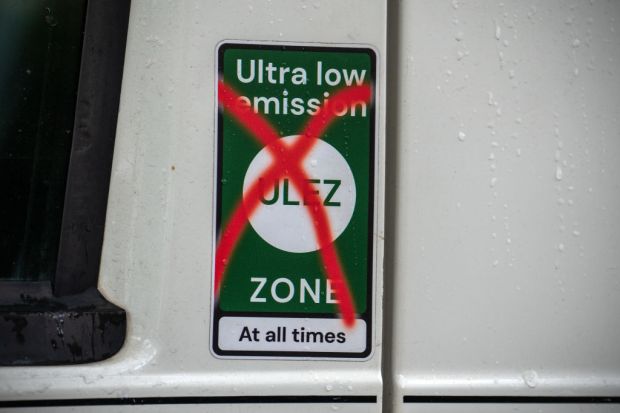
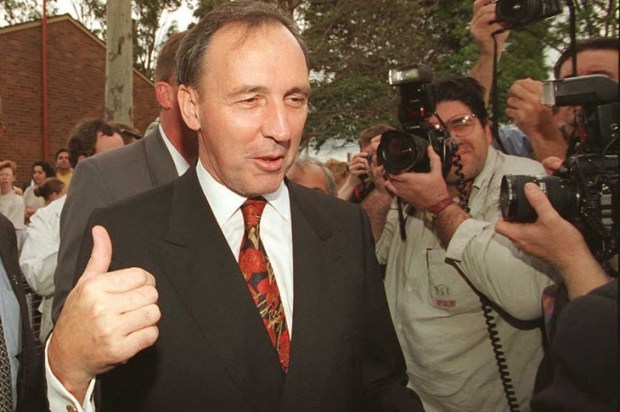
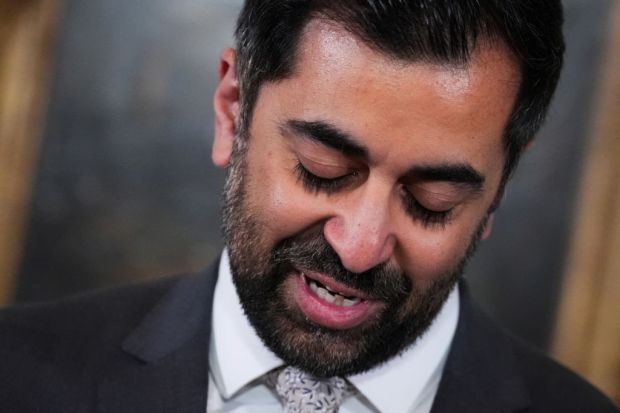






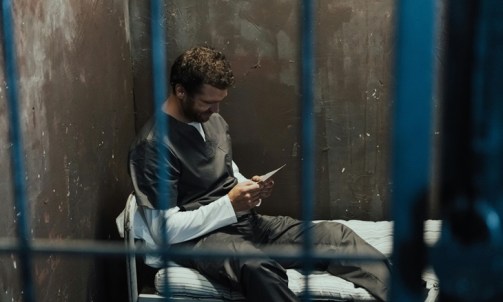



Comments
Don't miss out
Join the conversation with other Spectator Australia readers. Subscribe to leave a comment.
SUBSCRIBEAlready a subscriber? Log in